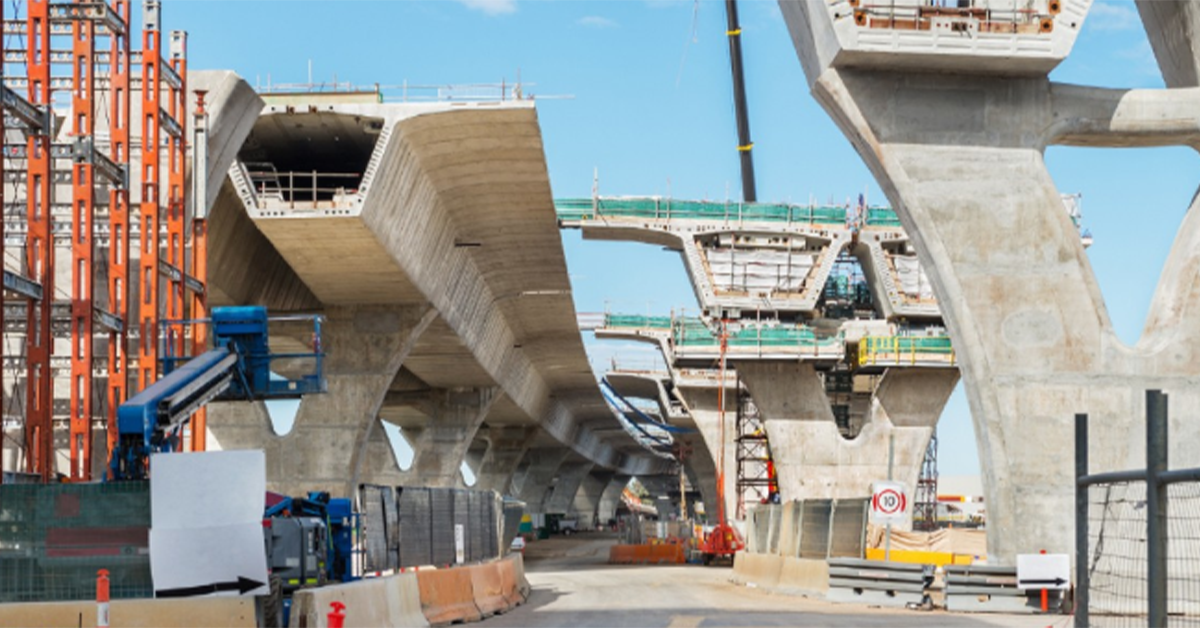- No products in the cart.


“The need to fast-track the rollout of infrastructure projects has grown more urgent following the June quarter slump in engineering construction activity to be at its lowest level in a decade,” Shane Garrett, Chief Economist of Master Builders Australia said.
“Although the volume of engineering construction activity across the country only fell by 1.1 per cent in the June quarter, it means the sector has now fallen to its lowest ebb since 2008,” he said.
“Even though we are supposed to be on the cusp of an infrastructure boom, engineering construction activity has not been this weak since the GFC. It’s a clear sign that governments are not moving fast enough to advance infrastructure commitments to the construction phase,” Shane Garrett said.
“This will require all levels of government to urgently implement reforms to draw on the capacity of smaller and local construction contractors and also measures to ensure there is the necessary skilled workforce,” he said.
“Today’s figures show that the other components of construction are also struggling. The downturn in residential building activity continued with another 5.1% reduction during the June 2019 quarter. This was eclipsed by the 6.6% drop in commercial building work done over the same period,” Shane Garrett said.
“As the economy’s largest provider of full-time jobs, the new figures show that the building and construction industry is in real need of a lift. The quickest way to achieve this is by governments working together to get the infrastructure projects happening,” he said.
“Our recently-released Master Builders forecasts indicate that engineering construction work is likely to be a crucial lifeline for our industry over the next few years, given that both residential and commercial building are expected to struggle,” Shane Garrett said.
“A visible expansion in the amount of construction projects taking place would lift morale in the industry and show everyone that our economy is on the up again,” Shane Garrett said.
During the June 2019 quarter, Western Australia was the only state to see an increase in construction activity (+1.4%). The largest reduction in construction work affected the ACT (-13.1%), followed by the Northern Territory (-12.3%) and Queensland (-6.0%). There were also declines in South Australia (-4.8%), Victoria (-4.4%), Tasmania (-4.1%) and New South Wales (-1.9%).

